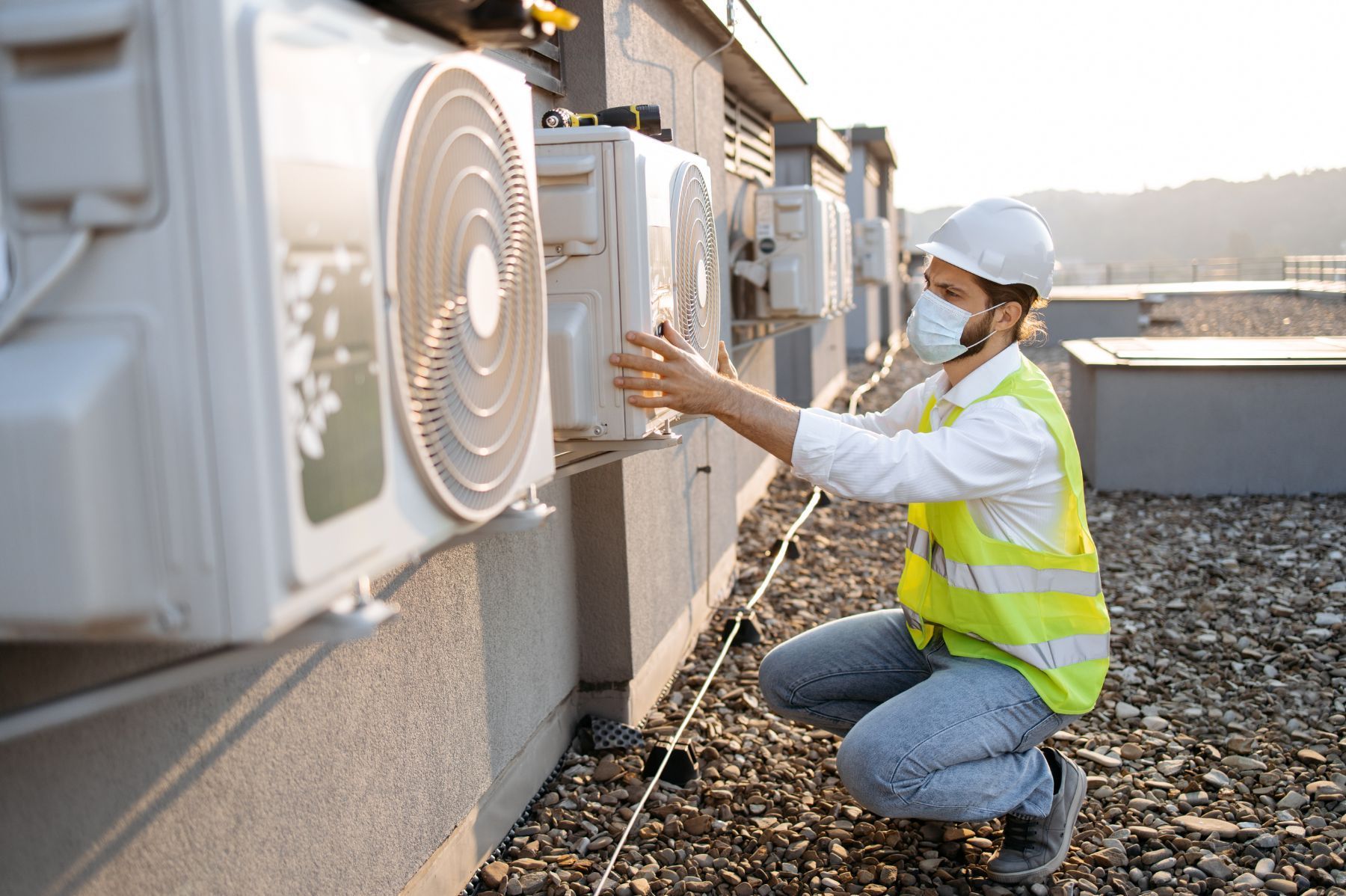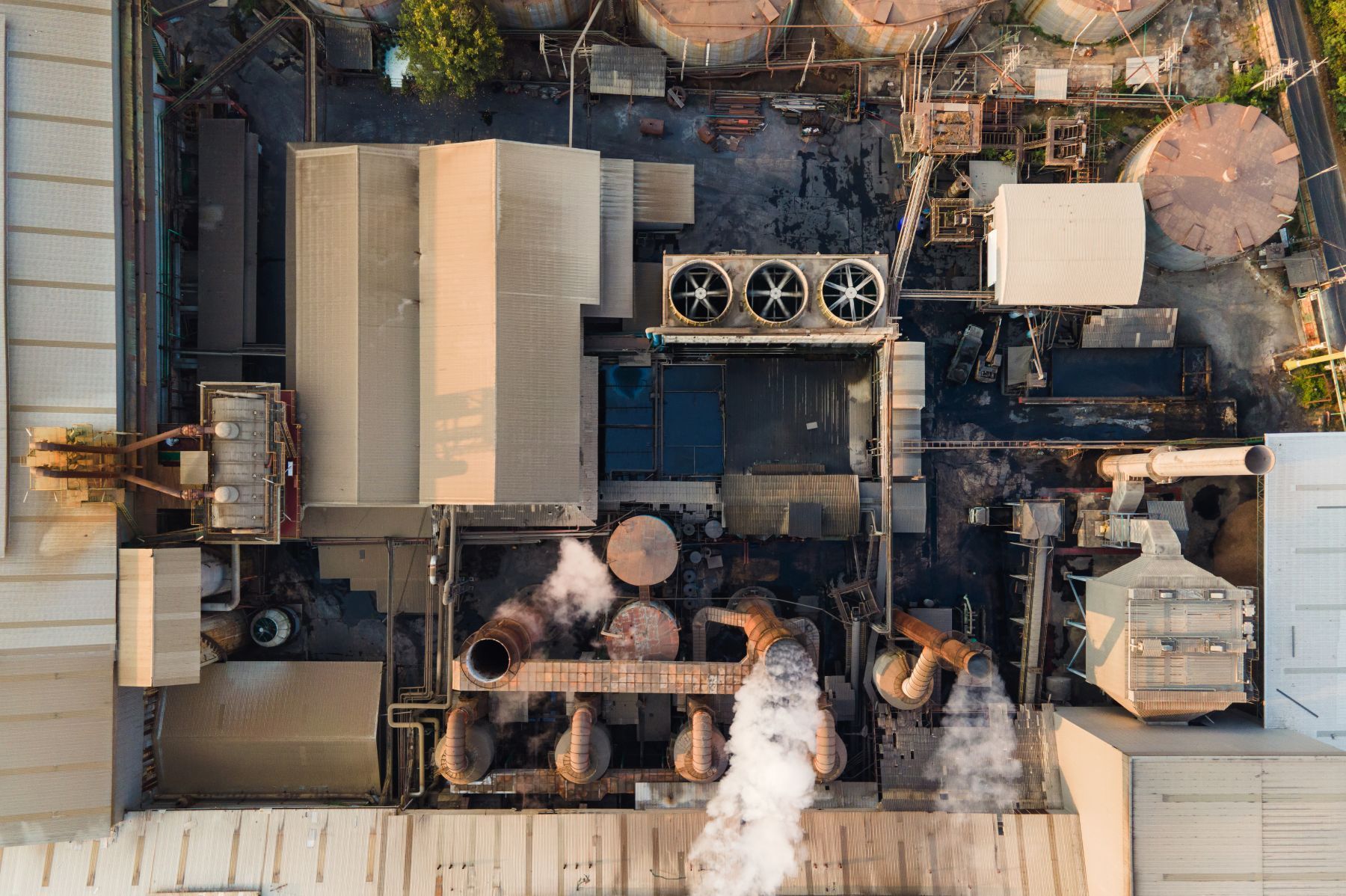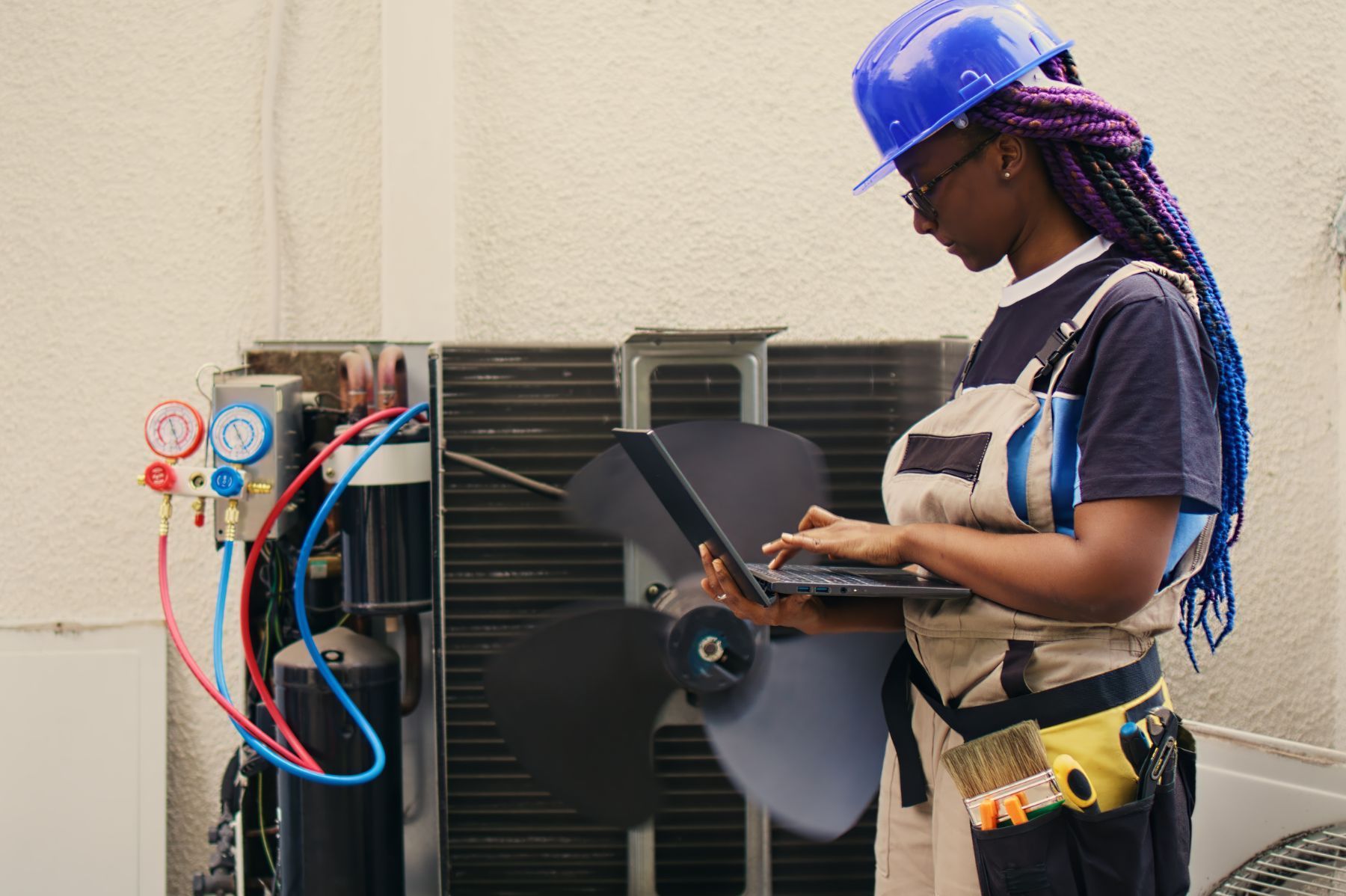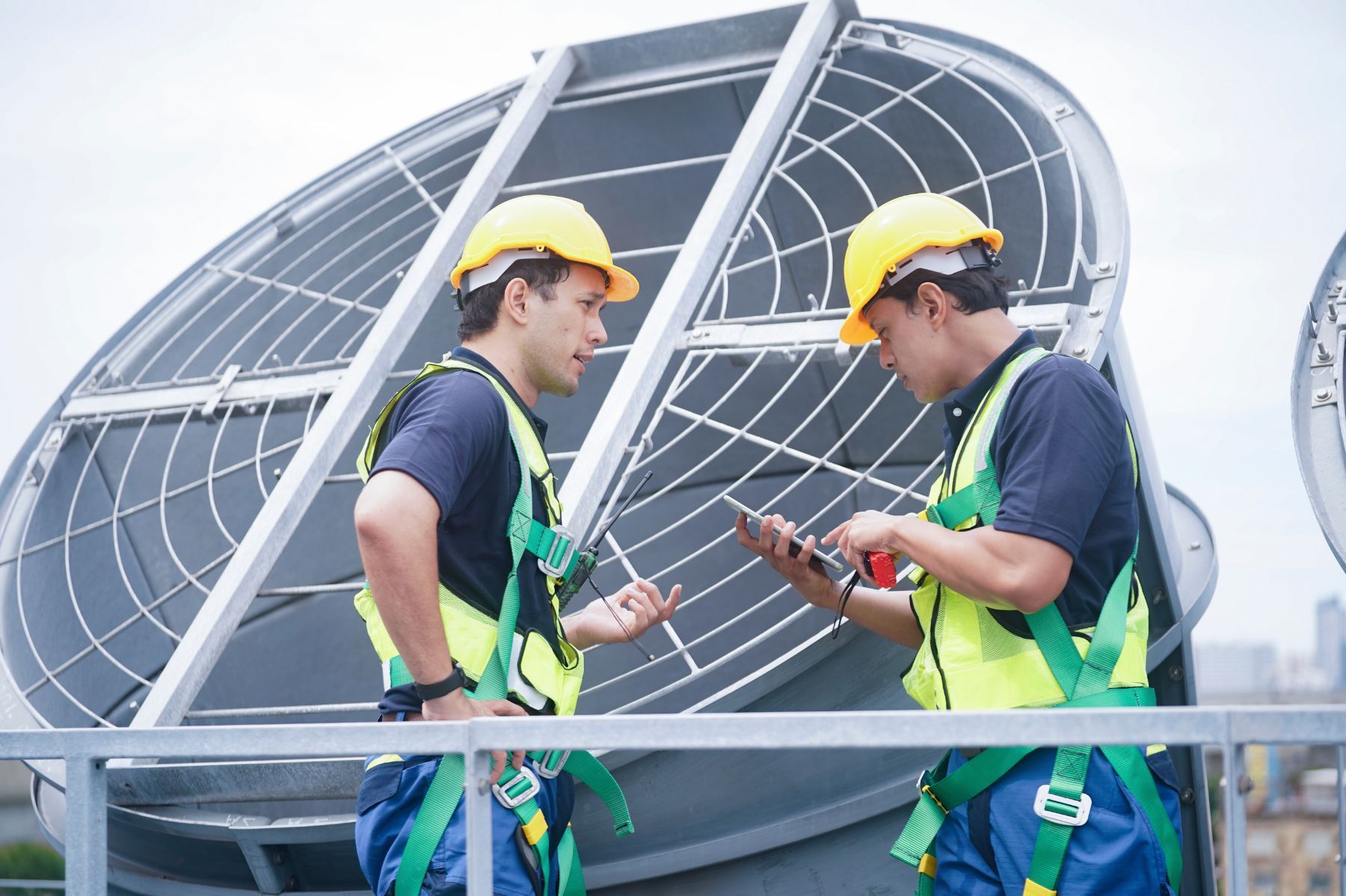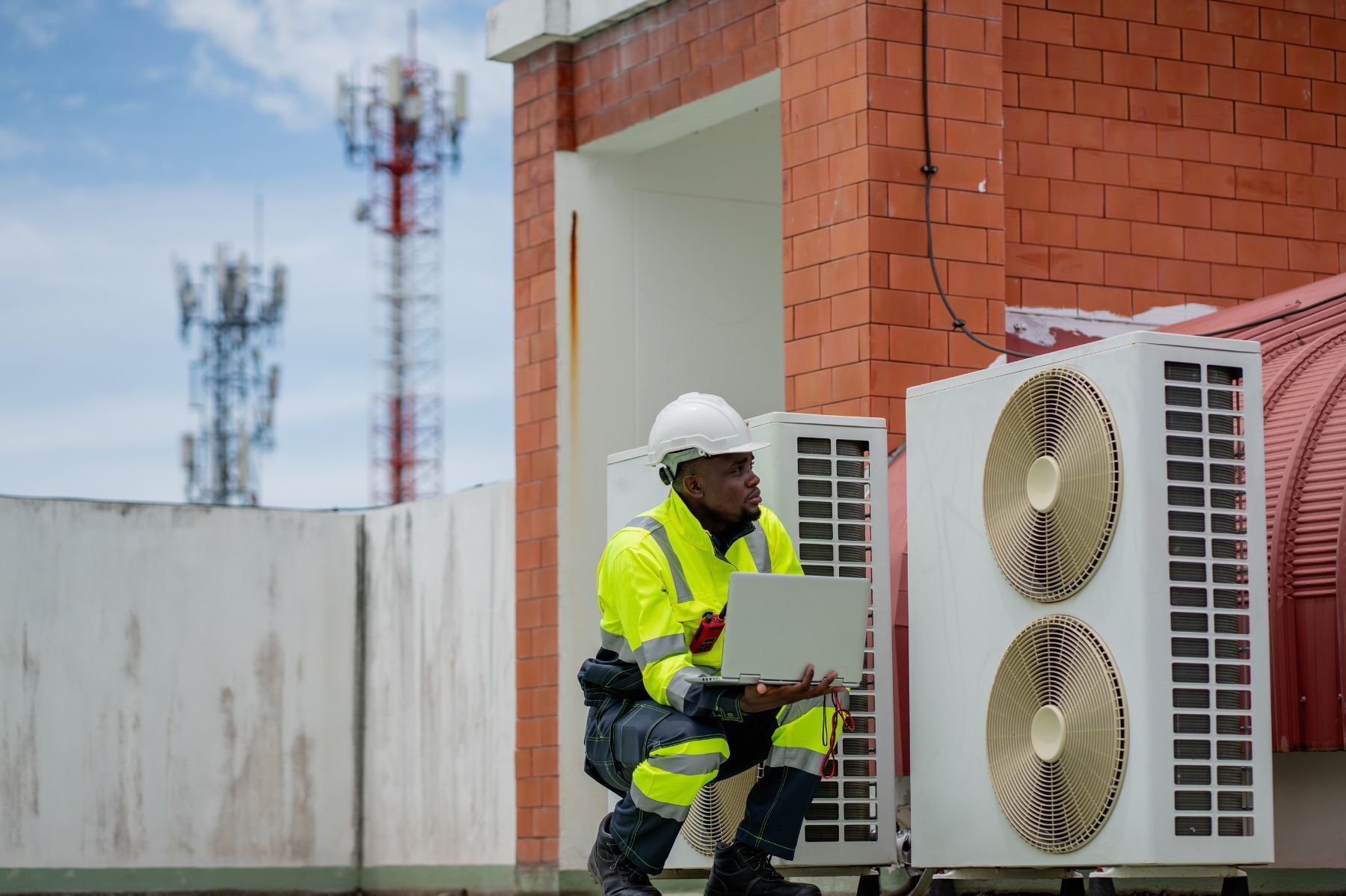HVAC Contractors and Cybersecurity: Why Hackers Are Targeting Small Trades
See How We're Different
or call us: (469) 678-8001

In today's digital age, cybersecurity threats are no longer confined to large corporations or tech companies. Small trades, including HVAC contractors, have become prime targets for cybercriminals. The increasing reliance on connected devices and automated building management systems has exposed vulnerabilities that hackers are eager to exploit. Understanding why HVAC contractors are at risk and how to protect against these threats is crucial for the survival and success of these businesses.
Recent reports highlight the staggering financial impact of insider-related cyber incidents, with the average cost exceeding $7.5 million. Even more alarming is that more than half of companies fail within six months following a security breach, underscoring the devastating consequences of inadequate cybersecurity measures. For HVAC contractors, whose operations often involve critical infrastructure systems, the stakes are particularly high. ASHRAE Journal provides valuable insights into these emerging risks and the need for robust defenses.
The Rising Threat Landscape for HVAC Contractors
Cyberattacks on HVAC and building management systems have surged in recent years, driven by the low cost and high profitability of ransomware campaigns. These systems, which control heating, ventilation, air conditioning, and other critical infrastructure, often lack the cybersecurity protections found in traditional IT environments. This makes them attractive targets for attackers seeking to exploit operational weaknesses.
Ecton English, a member of ASHRAE, emphasizes that "building management systems and other infrastructure control systems have become prime targets of opportunity due to the lack of cybersecurity inherent in many designs and operational practices." This vulnerability is compounded by the fact that many HVAC contractors operate with limited cybersecurity budgets and expertise, leaving gaps that hackers can easily penetrate.
The construction sector, which includes HVAC contractors, has seen a significant rise in cyber threats. A recent report from cybersecurity technology company ReliaQuest revealed that 481 construction organizations were listed on data-leaking websites used by ransomware attackers in 2024—a 41% increase year over year. This alarming trend highlights the urgent need for small trades to prioritize cybersecurity as a core component of their business strategy. National Roofing Contractors Association provides detailed analysis on this growing threat.
Why Small Businesses Are Especially Vulnerable
Small businesses, including many HVAC contractors, are disproportionately targeted by cybercriminals. In 2019, 43% of online attacks were aimed at small businesses, reflecting their relative lack of resources and cybersecurity maturity compared to larger enterprises. These companies often lack dedicated IT security teams, comprehensive incident response plans, and advanced protective technologies.
Moreover, a survey published by Electrical Contractor Magazine found that 70% of contractors admit their company does not use endpoint detection and response tools, and an equal percentage do not have a post-breach team. Over half lack an incident response plan, and half do not carry cyber insurance. Additionally, 45% do not use multifactor authentication for remote access, a critical security measure in today's threat environment.
In addition to these alarming statistics, many HVAC contractors are also unaware of the specific threats that can impact their operations. For instance, the rise of Internet of Things (IoT) devices within HVAC systems has introduced new vulnerabilities, as these devices often come with minimal security features. Attackers can exploit these weaknesses to gain access to larger networks, potentially compromising sensitive customer data and operational integrity. As HVAC systems become more interconnected, the need for robust cybersecurity measures becomes even more critical to safeguard not just the contractors’ interests, but also the safety and comfort of the clients they serve.
Furthermore, the regulatory landscape is evolving, with more stringent requirements for data protection and cybersecurity compliance emerging across various states and industries. HVAC contractors must stay informed about these regulations, as non-compliance can lead to hefty fines and legal repercussions. Investing in cybersecurity not only protects against cyber threats but also ensures adherence to legal standards, thereby enhancing the overall reputation and trustworthiness of the business in a competitive market. As the threat landscape continues to evolve, HVAC contractors must take proactive steps to fortify their defenses and remain resilient against potential cyberattacks.
Financial Implications of Cyberattacks on HVAC Contractors
The financial toll of cyberattacks on small trades is substantial. The global average cost of a data breach reached $4.45 million in 2023, marking a 15% increase over three years. For insider-related incidents, costs can exceed $7.5 million, with many companies unable to recover from the financial damage. These staggering figures illustrate not only the immediate financial burden but also the long-term ramifications that can cripple a business’s operational capabilities and market position.
Cyber insurance premiums have also surged, reflecting the growing risk landscape. In the United States, premiums increased by 50% in 2022, totaling $7.2 billion collected. This rise in insurance costs adds another layer of financial pressure on HVAC contractors, many of whom may already be operating on thin margins. As these contractors face escalating costs, they must also contend with the potential for increased deductibles and coverage limitations, which can further complicate their financial planning and risk management strategies.
Eric Corder, Director of Information Technology and Security at Performance Contracting Group, shares firsthand experience with cyber threats: "We have been the target of numerous malicious threats and continue to be a target for social engineering attacks. The impacts of cybercrime on our company have ranged from the direct costs of incident response to changes in processes and technologies that better enable us to secure our information, as well as that of our employees and customers." This testimony underscores the multifaceted impact of cybercrime beyond immediate financial losses. The ripple effects can lead to decreased employee morale, as staff may feel vulnerable and unprotected, and can also erode customer trust, which is vital for maintaining long-term business relationships. Association of the Wall and Ceiling Industry offers further insights into these challenges.
The Cost of Inaction
Ignoring cybersecurity risks can be catastrophic. More than half of companies experiencing a security breach go out of business within six months. For HVAC contractors, the consequences extend beyond lost revenue to include damaged reputations, legal liabilities, and disrupted operations. The potential for regulatory fines and penalties can further exacerbate financial strain, particularly as compliance requirements evolve and become more stringent in response to rising cyber threats.
Given the increasing sophistication of cyberattacks and the critical role HVAC systems play in building safety and comfort, contractors must view cybersecurity as an essential investment rather than an optional expense. Implementing robust cybersecurity measures not only protects sensitive data but also enhances operational resilience, allowing contractors to maintain service continuity even in the face of potential threats. Investing in employee training and awareness programs can also serve as a frontline defense, equipping staff with the knowledge to recognize and respond to cyber threats effectively. By prioritizing cybersecurity, HVAC contractors can safeguard their businesses against the evolving landscape of cyber risks and ensure a more secure future for their operations.
Best Practices for Strengthening Cybersecurity in HVAC Trades
Addressing cybersecurity vulnerabilities requires a proactive and layered approach. HVAC contractors should start by implementing fundamental security measures such as endpoint detection and response tools, multifactor authentication, and comprehensive incident response plans. These foundational elements not only help in preventing unauthorized access but also ensure that any potential breaches are quickly identified and mitigated. Regular assessments of these security measures can further enhance their effectiveness, as cyber threats are constantly evolving.
Education and training are equally important. Employees must be aware of social engineering tactics and phishing scams, which remain common entry points for attackers. Regular drills and updates can help maintain vigilance and preparedness. Furthermore, creating a culture of cybersecurity awareness within the organization can empower employees to take an active role in safeguarding sensitive information. Workshops and seminars led by cybersecurity professionals can provide valuable insights and practical skills, making employees the first line of defense against cyber threats.
Additionally, investing in cyber insurance can provide a financial safety net, helping to mitigate the costs associated with breaches and ransomware attacks. However, insurance should complement—not replace—robust security practices. It’s essential for HVAC contractors to thoroughly understand the terms of their policies, including what types of incidents are covered and the steps required to file a claim. This knowledge can be crucial in the event of a cyber incident, ensuring that businesses are prepared to navigate the complexities of recovery.
Securing Building Management Systems
Given the unique risks associated with building management systems, HVAC contractors should work closely with cybersecurity experts to assess and fortify these environments. This may include network segmentation, regular software updates, and continuous monitoring for suspicious activity. Implementing a zero-trust architecture can further enhance security by ensuring that every user and device is verified before being granted access to critical systems. This approach minimizes the risk of lateral movement within the network, making it more difficult for attackers to exploit vulnerabilities.
Collaboration with industry organizations such as ASHRAE can also provide access to the latest guidelines and best practices tailored to HVAC and infrastructure control systems. Staying informed about emerging threats and technological advancements is critical to maintaining a strong defense. Additionally, participating in industry forums and cybersecurity workshops can foster knowledge sharing among peers, allowing HVAC professionals to learn from each other's experiences and strategies. Engaging with cybersecurity vendors who specialize in HVAC systems can also provide tailored solutions that address specific vulnerabilities, ensuring that contractors are well-equipped to handle the unique challenges of their field.
Looking Ahead: The Future of Cybersecurity for Small Trades
As cyber threats continue to evolve, HVAC contractors and other small trades must adapt rapidly. The increasing integration of IoT devices and smart technologies in building systems will create new opportunities for attackers but also new tools for defenders. With smart thermostats, connected HVAC systems, and automated building management systems becoming commonplace, the attack surface for cybercriminals is expanding. Each connected device represents a potential entry point for unauthorized access, making it imperative for contractors to stay informed about the latest vulnerabilities and security protocols.
Building a culture of cybersecurity awareness and resilience will be key to navigating this landscape. By prioritizing security investments, fostering employee engagement, and leveraging industry resources, HVAC contractors can protect their businesses and customers from the growing menace of cybercrime. Training employees on best practices for password management, phishing awareness, and data protection can significantly reduce the risk of breaches. Moreover, establishing clear protocols for incident response can empower teams to act swiftly and effectively in the event of a cyber incident, minimizing potential damage and recovery time.
For those seeking to deepen their understanding of these issues, resources like the ASHRAE Journal and the Association of the Wall and Ceiling Industry offer valuable insights and practical guidance. Additionally, participating in industry conferences and workshops can provide hands-on experience and networking opportunities with cybersecurity experts. These events often showcase the latest technologies and strategies in cybersecurity, enabling small trades to stay ahead of emerging threats and adopt best practices tailored to their specific needs.
Furthermore, as regulatory frameworks around data protection and cybersecurity become more stringent, small trades must also ensure compliance with relevant laws and standards. Understanding regulations such as the General Data Protection Regulation (GDPR) or the California Consumer Privacy Act (CCPA) can help HVAC contractors navigate the complex landscape of legal requirements while safeguarding customer data. By proactively addressing compliance, businesses not only mitigate legal risks but also enhance their reputation as trustworthy service providers in an increasingly digital marketplace.







